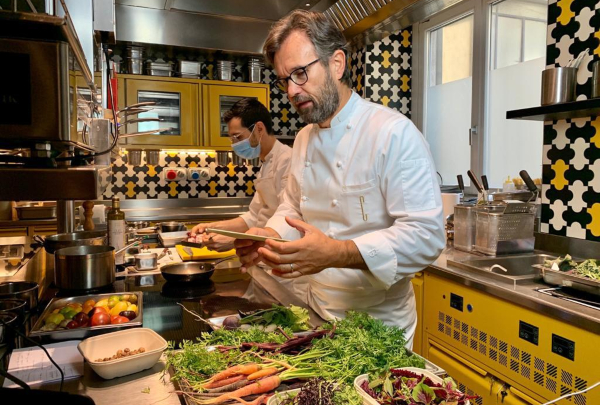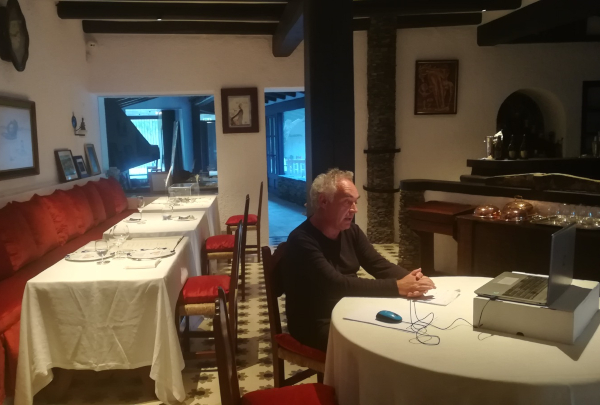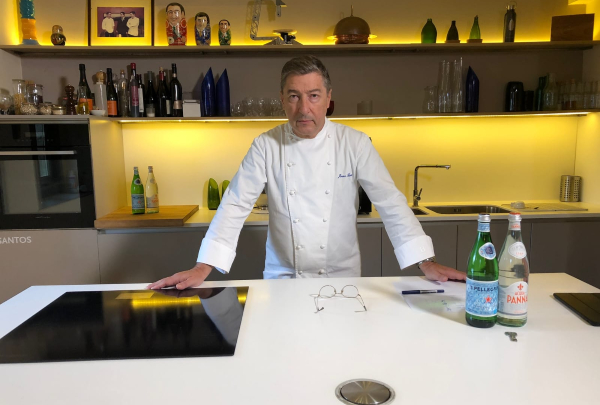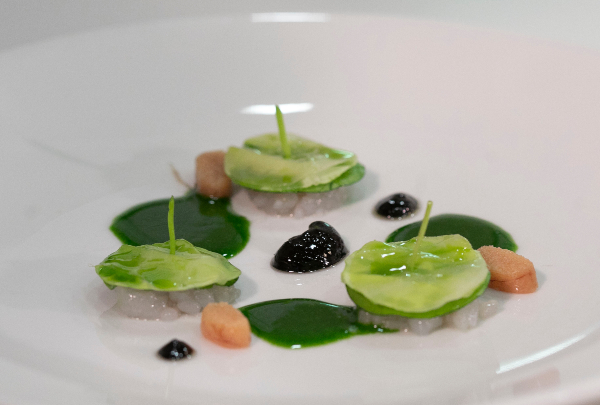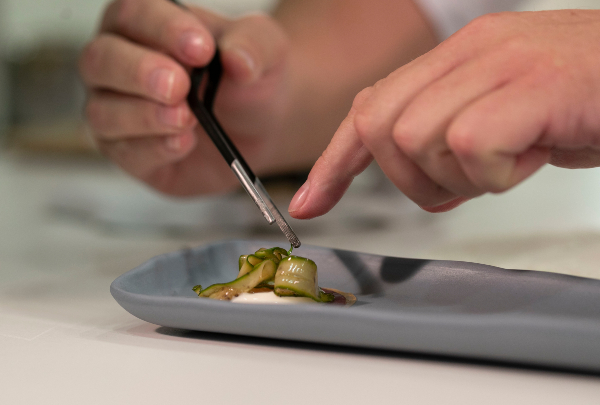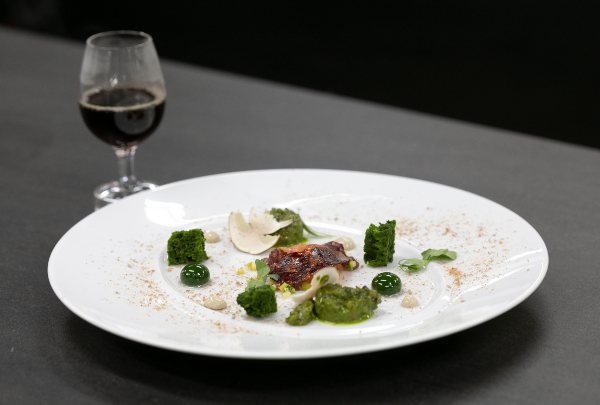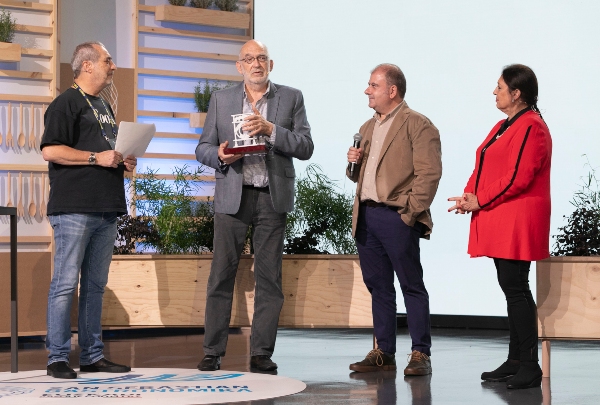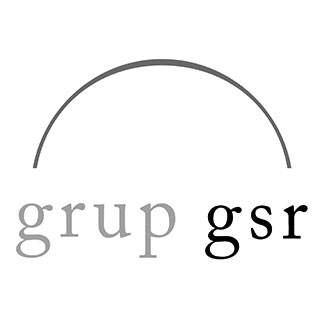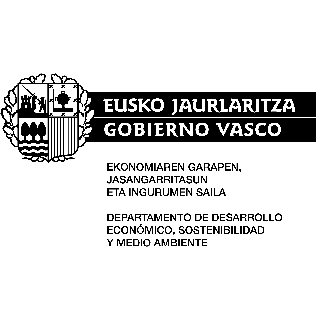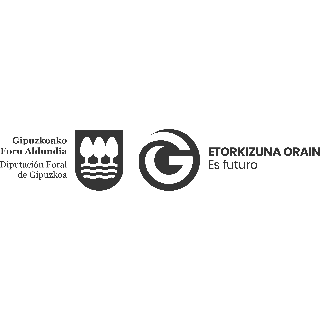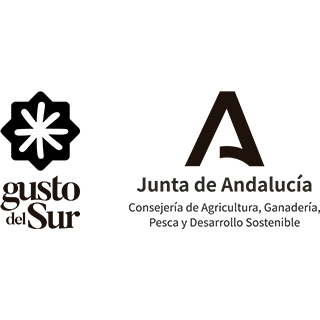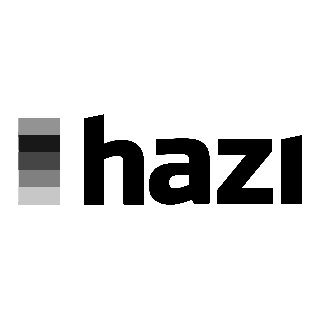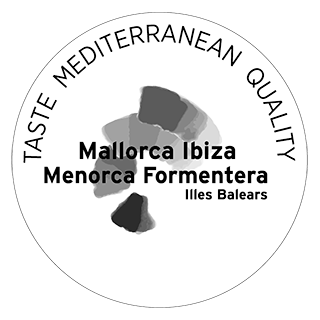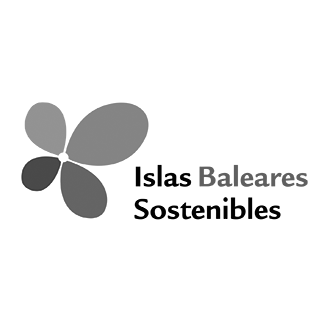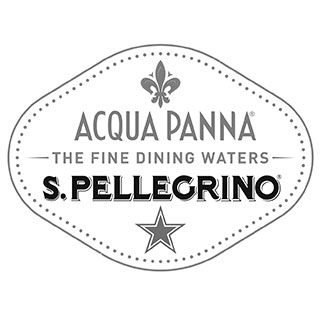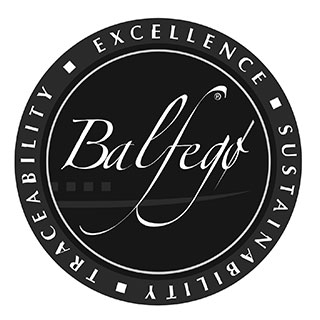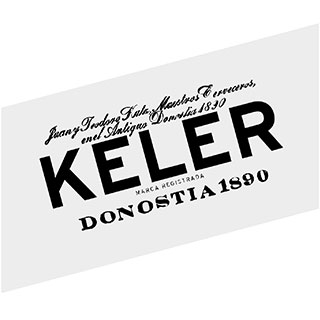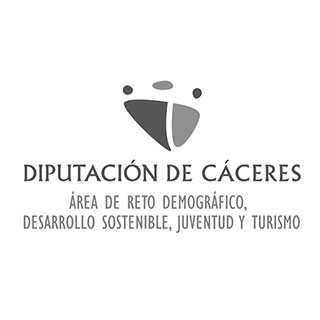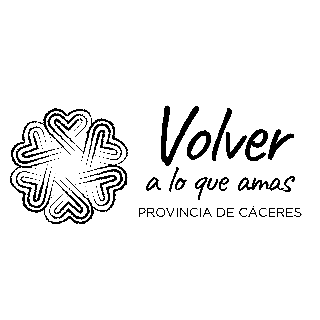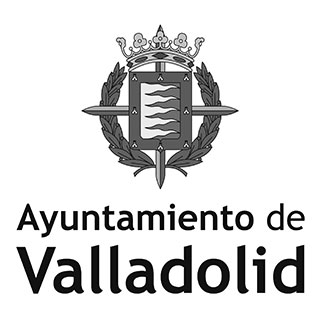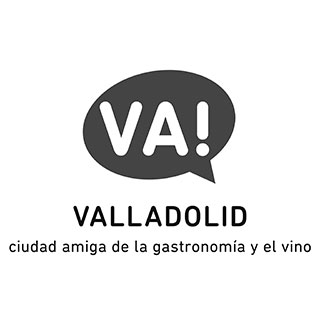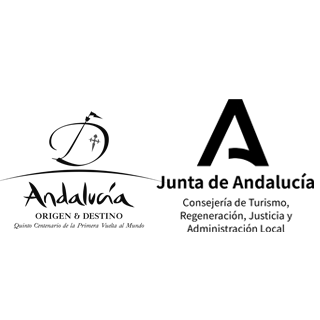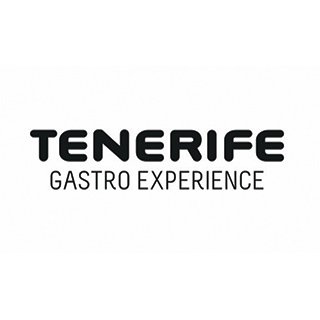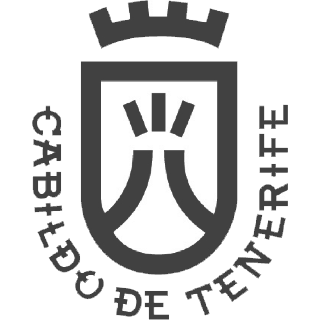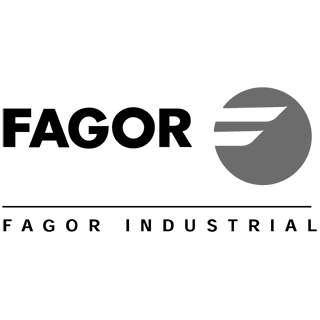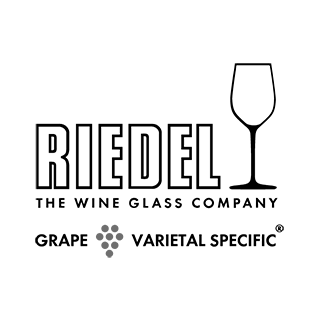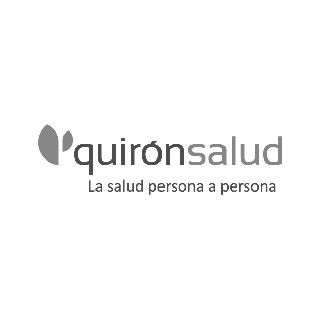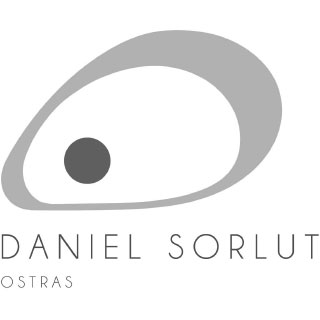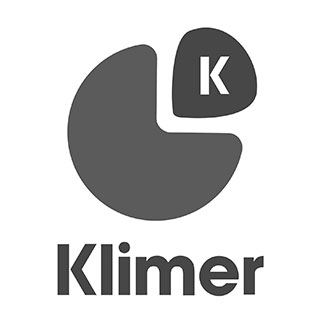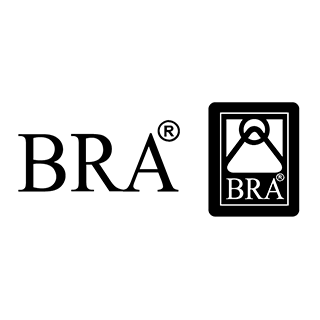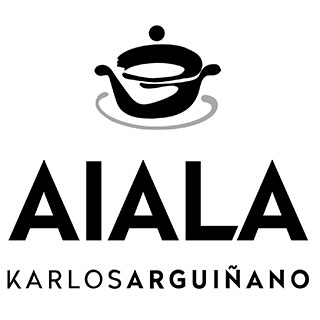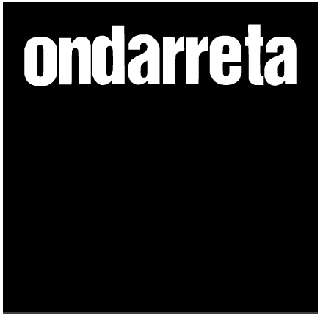News
“La vie en Rose” at Ruinart
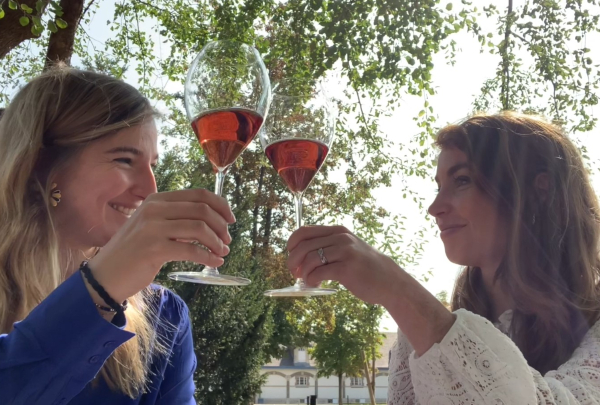
The oenologists from the Maison Ruinart, Louise Bryden and Caroline Fiot explain the production process for their rosé wine, a kind of wine whose consumption has increased by 28% in the last 15 years. The current Ruinart Rosé, they explained, is made using only 10% of red grapes. The white grapes, which increase in percentage, are chardonnay, the symbol of the house.
The leading champagne house in the world, founded in 1729, has taken part in San Sebastian Gastronomika 2020 to reveal some of the details about its Ruinart Rosé, one of the four sparkling wines that they produce (the others are Ruinart Blanc de Blancs, Ruinart Brut and Dom Ruinart). Through its oenologists Louise Bryden and Caroline Fiot, Ruinart has divulged the steps that they follow to produce a wine –the rosé- whose consumption in the world has increased by 28% in the last 15 years, “so that this is not a fad”, although according to the data that they provided its consumption has gone down slightly since 2107. The main producing countries are France (28%), United States (17) and Spain (15%).
Having established the context, Bryden and Fiot explained the process through which “for years” Ruinart has produced its rosé wine: the blend. Long gone are the grape tinting campaigns from when the rosé business began towards the mid-19th century. Focusing on the blend (the mix of white and red wine), they explained that the wine from white grapes at Ruinart is always chardonnay, “the symbol of the house as it provides us with freshness“. The red wine, pinot noir, “is from bluer grapes selected directly in the vineyard”.
In this respect, they explained that Ruinart uses less and less red wine in its rosés. In 2004 they added almost 25% of red wine in the blending process; in 2018, only 10%. “This is due to the concentration of sugar in the grape caused by climate change, which has increased temperatures and brought forward vintages”. The change in the wine-making system itself also contributes to this, as since 2014 Maison Ruinart has not used herbicides in its vineyards and has changed them for a vegetation cover “which helps to increase the sugar concentration in the grape”.
In the same vineyard they carry out maturity controls from time to time to choose the ideal day for harvesting. And once in the winery they perform alcoholic fermentation, “in stainless steel tanks at temperatures between 18 and 20º”, followed by uncorking by “jetting”, a technique to extract all the oxygen that they don’t want.
The oenologists spoke at length about the colour of rosé wine, “a characteristic that is apparently relative but highly important chemically, which says a lot about what this wine is like”. That is why, at Ruinart they follow strict indicators to establish the colour, “which may or may not be the same for each type of wine. Depending on the wine, we let the colour gradation change, or in other words, let the true expression of the terroir this year be more or less noticeable”.
The leading champagne house in the world, founded in 1729, has taken part in San Sebastian Gastronomika 2020 to reveal some of the details about its Ruinart Rosé, one of the four sparkling wines that they produce (the others are Ruinart Blanc de Blancs, Ruinart Brut and Dom Ruinart). Through its oenologists Louise Bryden and Caroline Fiot, Ruinart has divulged the steps that they follow to produce a wine –the rosé- whose consumption in the world has increased by 28% in the last 15 years, “so that this is not a fad”, although according to the data that they provided its consumption has gone down slightly since 2107. The main producing countries are France (28%), United States (17) and Spain (15%).
Having established the context, Bryden and Fiot explained the process through which “for years” Ruinart has produced its rosé wine: the blend. Long gone are the grape tinting campaigns from when the rosé business began towards the mid-19th century. Focusing on the blend (the mix of white and red wine), they explained that the wine from white grapes at Ruinart is always chardonnay, “the symbol of the house as it provides us with freshness“. The red wine, pinot noir, “is from bluer grapes selected directly in the vineyard”.
In this respect, they explained that Ruinart uses less and less red wine in its rosés. In 2004 they added almost 25% of red wine in the blending process; in 2018, only 10%. “This is due to the concentration of sugar in the grape caused by climate change, which has increased temperatures and brought forward vintages”. The change in the wine-making system itself also contributes to this, as since 2014 Maison Ruinart has not used herbicides in its vineyards and has changed them for a vegetation cover “which helps to increase the sugar concentration in the grape”.
In the same vineyard they carry out maturity controls from time to time to choose the ideal day for harvesting. And once in the winery they perform alcoholic fermentation, “in stainless steel tanks at temperatures between 18 and 20º”, followed by uncorking by “jetting”, a technique to extract all the oxygen that they don’t want.
The oenologists spoke at length about the colour of rosé wine, “a characteristic that is apparently relative but highly important chemically, which says a lot about what this wine is like”. That is why, at Ruinart they follow strict indicators to establish the colour, “which may or may not be the same for each type of wine. Depending on the wine, we let the colour gradation change, or in other words, let the true expression of the terroir this year be more or less noticeable”.
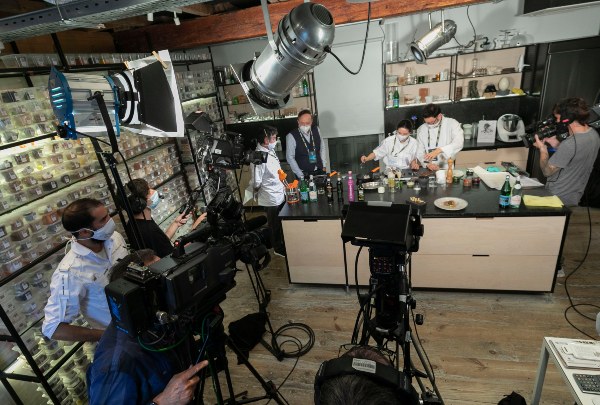
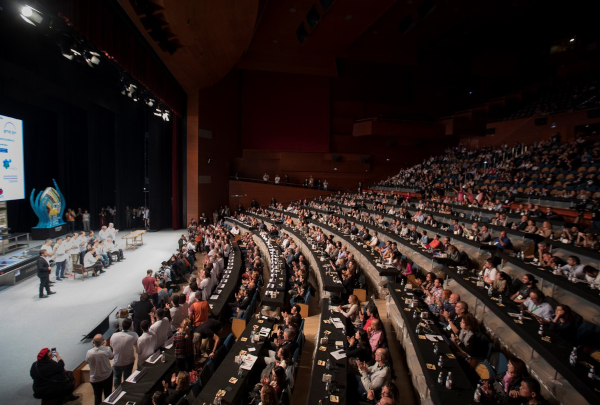
.jpg)
